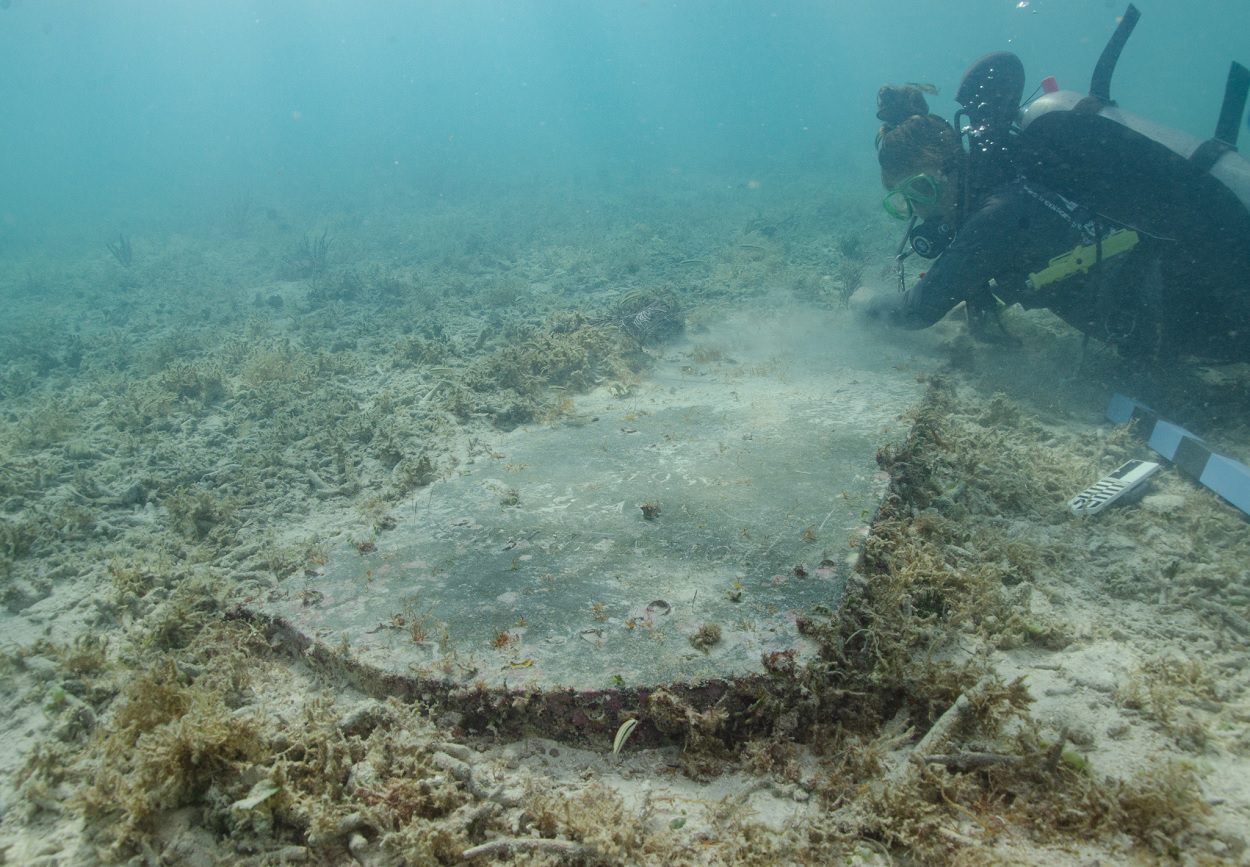Underwater archaeologists have discovered the remains of a quarantine hospital on a submerged island in the Dry Tortugas National Park.
The submerged island is located near Fort Jefferson on the island of Garden Key, where U.S. soldiers were stationed during the 19th century to protect shipping lanes that crossed between the Gulf Coast (including New Orleans, Mobile and Pensacola) and the eastern seaboard of the United States.
The submerged island was located during a survey, where the team found the quarantine hospital alongside a cemetery.
A study of historical records indicates that around a dozen individuals were buried in the cemetery, identified as the Fort Jefferson Post Cemetery. While most were burials of soldiers serving or imprisoned at the Fort, some of the burials were actually civilians, including John Greer, who was employed as a labourer and died in 1861.
The details surrounding his death are unclear, his grave, located during the survey, was prominently marked with a large slab of greywacke, the same material used to construct the first floor of Fort Jefferson. The slab was carved into the shape of a headstone and inscribed with his name and date of death.
“This intriguing find highlights the potential for untold stories in Dry Tortugas National Park, both above and below the water,” said Josh Marano, maritime archeologist for the south Florida national parks and project director for the survey. “Although much of the history of Fort Jefferson focuses on the fortification itself and some of its infamous prisoners, we are actively working to tell the stories of the enslaved people, women, children and civilian laborers.”
The historical record also describes how quarantine hospitals were built on the surrounding islands to treat cases of yellow fever as a result of several major outbreaks of the disease throughout the 1860s and 1870s.
Although the use of many of the quarantine hospitals on the surrounding islands ceased after Fort Jefferson was abandoned in 1873, the fort’s future use by the U.S. Marine Hospital Service between 1890 and 1900, again required the development of an isolation hospital on one of the keys which the team discovered on the submerged island.
This survey underscores how climate change is affecting resources in the Dry Tortugas. Although the facilities in question were constructed on solid ground, the islands’ dynamic conditions have led to their movement over time. Due to climate change and significant storm events, some islands have even sunk and eroded beneath the ocean’s surface.
Header Image Credit : C. Sproul





